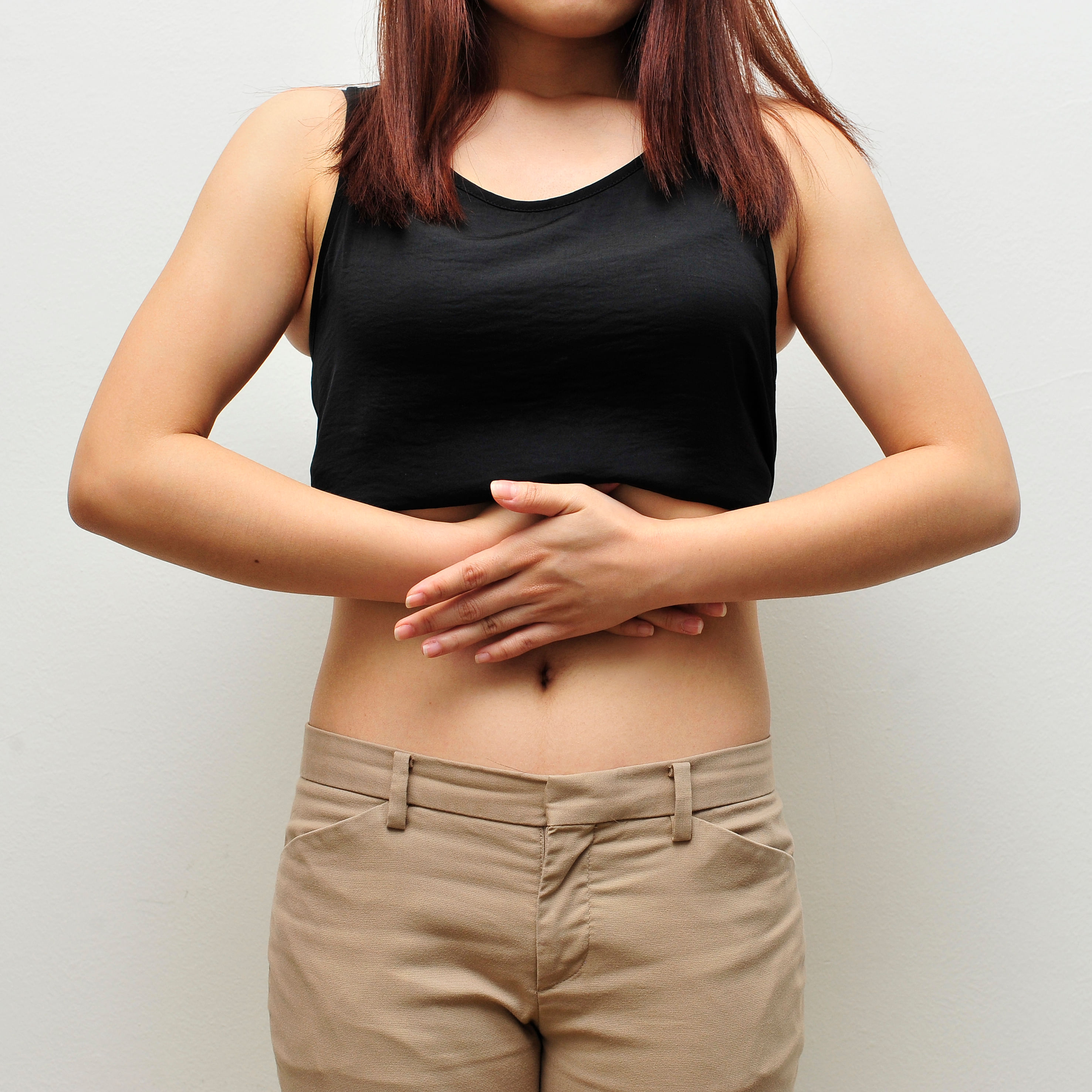If moving your bowels is a long-drawn and uncomfortable process, chances are, you are suffering from constipation.
About one in four people in Singapore suffers from chronic constipation, which means he has experienced symptoms for more than 25 per cent of the time in the last three months, and the first sign of trouble cropped up six months ago.
Symptoms include infrequent bowel movements, hard or lumpy stools, straining, bloating, a sensation of incomplete evacuation after a bowel movement and abdominal discomfort. When a traditional Chinese medicine (TCM) practitioner makes a diagnosis, he determines which of four types of constipation the patient's case falls into.
Heat or coldness that accumulates in the body, as well as a lack of qi (vital life force) or blood in the body, can trigger constipation.
HEAT-INDUCED CONSTIPATION
- Causes: Excessive consumption of spicy or fried food and alcohol. Emotional upheavals, such as sudden grief or angry outbursts.
- Symptoms: Dry, hard stools, sometimes with dark-coloured urine. Small stools indicate a very "heaty" body constitution.
One may also have a distended belly, flushed face, mouth ulcers, and a dry mouth accompanied by bad breath.
- Food remedy: Cook porridge (60g rice grains) with the water collected from boiling 15g of cassia seeds and 15g of white chrysanthemum flowers for up to 30 minutes. This dish helps to clear heat.
COLD-INDUCED CONSTIPATION
- Causes: A body constitution that is weakened from prolonged or excessive consumption of cold or raw food such as sashimi, or a constitution weak from birth.
- Symptoms: Stools may be normal or loose, but still difficult to pass out. Other signs are a pale complexion, cold hands and feet, dull pain in the waist and spine areas, cold and painful lower abdomen and increased urinary frequency. Also, an aversion to cold and a preference for warm food, drinks and thick clothing.
- Food remedy: Cook porridge using 50g rice grains, then add 30g to 50g of walnuts to the porridge before serving. Consume this in the morning and at night.
QI-DEFICIENCY CONSTIPATION
- Causes: A weak body constitution due to ageing, serious illnesses or after childbirth. Excessive physical exertion and an overactive sex life also depletes the qi in the body.
- Symptoms: Desire to move one's bowels but constantly straining and even needing to be removed manually. One may also feel tired after excretion. The stools are normal and not dry.
- Food remedy: Make porridge with astralagus root and pine nuts. First, cook 30g of astralagus root with 50g of rice grains for 30 to 40 minutes. Remove the root and use the remaining water to continue cooking with 15g of pine nuts. Consume this for breakfast.
BLOOD-DEFICIENCY CONSTIPATION
- Causes: Nutritional deficiencies; keeping late nights for prolonged periods, which stresses the liver; and blood loss after surgery or childbirth.
- Symptoms: Dry stools, a pale complexion and nails, a pale tongue with a thin white coating, heart palpitations, giddiness and blurred vision.
- Food remedy: First, put 30g to 60g of fleeceflower root into a casserole dish filled with 2 litres of water and bring to the boil. Remove the root and add to the water 100g rice grains, plus three to five pieces of red dates. Cook until it reaches the consistency of porridge. Add rock sugar to taste before serving. Consume this once or twice a day.
Massage the problem away
Learn to do these acupoint massages which strengthen the stomach and spleen and, in turn, regulate your bowel movements and help keep constipation at bay.
These can be done as frequently as you like and even over your clothing.
ACUPOINT MASSAGE 1: TIANSHU XUE

Identify the points that are two thumb-widths away from either side of the belly button.

Use your left and right middle fingers to exert firm pressure on these points.
Massage the spots in circular movements for a minute each time. Avoid doing this massage two hours after a full meal.
ACUPOINT MASSAGE 2: ZHONGWAN XUE

Place your right palm above the belly button.

Gently press the left palm on the right palm.
Make circular movements for a minute while keeping both palms on this part of the abdomen.
ACUPOINT MASSAGE 3: GUANYUAN XUE

Place a palm below the belly button.

Identify the point that is four fingers below the belly button.
Massage this point in circular movements for a minute.
- Caution: Pregnant women should avoid all three massages as they may stimulate the foetus unnecessarily and risk a miscarriage. The same goes for those who are suffering from diarrhoea, as the massages promote intestinal contractions.
SOURCES: PROFESSOR CAI GAN, A SHANGHAI MASTER PHYSICIAN, AND MS JOANNA LIEW, A TRADITIONAL CHINESE MEDICINE PRACTITIONER, AT BAO ZHONG TANG TCM CENTRE
Millet and sweet potato porridge
INGREDIENTS
- 150g millet
- 2 medium-sized sweet potatoes
- 1 litre water
- Brown sugar, as desired
METHOD
- Rinse and drain the millet. Peel and dice the sweet potatoes.
- In a pot filled with 1 litre of water, add the millet and sweet potatoes, then bring to a boil.
- Next, lower the heat to simmer for 30 to 35 minutes, stirring often until you get porridge.
- Add in the brown sugar and the dish is ready to be served.
- The sweet potato is neutral in property while the millet is cooling. When combined, this porridge nourishes the stomach and spleen and can be consumed on a daily basis to prevent constipation.
But those who get flatulence or a distended stomach easily should not eat too much carbohydrate-rich food such as sweet potatoes.
They can replace them with less starchy ingredients like pumpkins.
SOURCE: MS JOANNA LIEW, A TRADITIONAL CHINESE MEDICINE PRACTITIONER AT BAO ZHONG TANG TCM CENTRE

